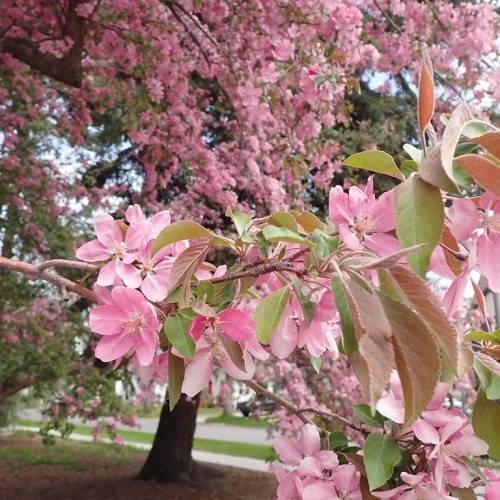
flowering crabapple
Malus (5-28)
Cycle:
Perennial
Watering:
Average
Hardiness Zone:
4 - 8
Flowers:
Flowers In Spring
Sun:
Full sun
Fruits:
Fruits Ready In
Leaf:
Yes
Growth Rate:
Low
Maintenance:
Low
Thorny:
Yes
watering
Water your flowering crabapple deeply and consistently for best results. Water your tree once a week during its growing season (usually April 5 to May 28). Provide approximately 10 gallons of water for each inch of the tree's trunk diameter. If rainfall is scarce during that time, supplement with irrigation to ensure your tree has access to enough water.
sunlight
The flowering crabapple, Malus (5-28), needs 5 to 8 hours of sunlight each day to thrive. It should receive full sun in the morning, around 8 am, and partial shade in the afternoon, around 4 pm. In areas with extreme temperatures, such as desert climates, it is best to plant the flowering crabapple in areas that receive indirect sunlight throughout the day. Additionally, it is helpful to plant the tree in an area protected from strong winds, such as close to a wall or fence.
pruning
Flowering crabapple (Malus) should be pruned during the end of winter or beginning of spring while the plant is still dormant. Pruning should be light and limited to the removal of dead or diseased wood as well as the thinning of crowded shoots. The removal of suckers and watersprouts should also be carried out. Avoid pruning of inexperienced shoots as this can reduce the flowering potential of the plant. Some thinning of the lateral branches can improve air circulation and light penetration. Heavy pruning should be avoided as this can reduce the flowering potential of the tree and lead to vigorous watersprouts.
